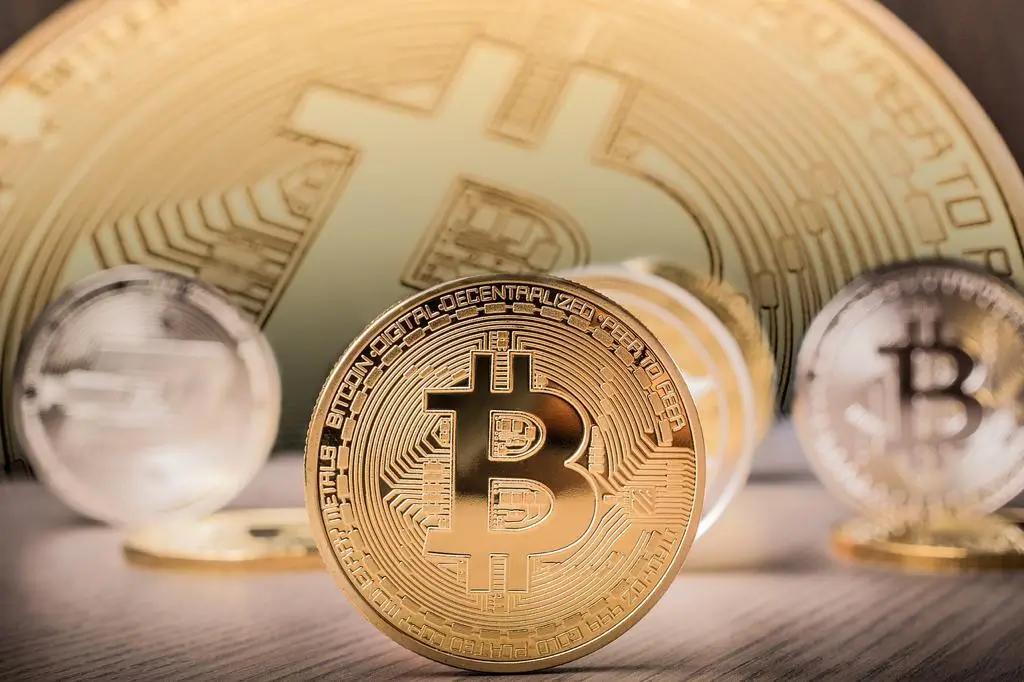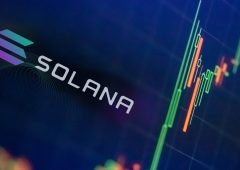MicroStrategy’s Debt-for-Bitcoin Strategy Faces Long-Term Viability Concerns
22.11.2024 19:30 2 min. read Alexander Zdravkov
In a recent op-ed for Bloomberg Opinion, Lionel Laurent raised concerns about MicroStrategy's long-term sustainability in using a debt-for-Bitcoin strategy.
He pointed to a notable event where Citron Research’s short position on the company caused a significant 16% drop in its stock price. Despite this, MicroStrategy has steadily grown in value, becoming one of the top 100 largest publicly traded companies in the U.S., alongside industry giants like Intel.
Since adopting Bitcoin as its primary treasury reserve asset, the company has experienced a dramatic increase in valuation, expanding roughly 50 times. This strategy involves using low-interest debt to raise funds for Bitcoin acquisitions, and MicroStrategy has recently raised another $3 billion through convertible notes.
Its Bitcoin holdings now exceed $30 billion, showcasing the boldness of its approach. However, Laurent highlights the substantial risks involved, particularly a potential sharp decline in Bitcoin’s price. Such a drop could force the company to liquidate assets, leading to significant financial losses.
Even if Bitcoin doesn’t face a drastic collapse, MicroStrategy’s valuation remains highly inflated compared to its net asset value, a factor that could still create problems. CEO Michael Saylor, known for his resilience after enduring a $6 billion loss in 2000, appears undeterred by mounting skepticism. He acknowledged the inherent risk of Bitcoin’s value plummeting to zero, but reassured that investors in the company are fully aware of and accepting this extreme risk.
-
1
Bitcoin Hashrate Declines 3.5%, But Miners Hold Firm Amid Market Weakness
27.06.2025 21:00 2 min. read -
2
Trump-Linked Truth Social Pushes for Bitcoin-Ethereum ETF as Crypto Strategy Expands
25.06.2025 19:00 2 min. read -
3
Bitcoin’s Price Closely Mirrors ETF Inflows, Not Corporate Buys
26.06.2025 11:00 2 min. read -
4
Crypto Company Abandons Bitcoin Mining to Focus Entirely on Ethereum Staking
26.06.2025 20:00 1 min. read -
5
Bitcoin Hits New All-Time High Above $112,000 as Short Squeeze and Tariffs Fuel Rally
10.07.2025 0:35 2 min. read
Peter Schiff Warns of Dollar Collapse, Questions Bitcoin Scarcity Model
Gold advocate Peter Schiff issued a stark warning on monetary policy and sparked fresh debate about Bitcoin’s perceived scarcity. In a pair of high-profile posts on July 12, Schiff criticized the current Fed rate stance and challenged the logic behind Bitcoin’s 21 million supply cap.
Bitcoin Price Hits Record Highs as Exchange Balances Plunge
A sharp divergence has emerged between Bitcoin’s exchange balances and its surging market price—signaling renewed long-term accumulation and supply tightening.
What’s The Real Reason Behind Bitcoin’s Surge? Analyst Company Explains
Bitcoin touched a new all-time high of $118,000, but what truly fueled the rally?
Bitcoin Lesson From Robert Kiyosaki: Buy Now, Wait for Fear
Robert Kiyosaki, author of Rich Dad Poor Dad, has revealed he bought more Bitcoin at $110,000 and is now positioning himself for what macro investor Raoul Pal calls the “Banana Zone” — the parabolic phase of the market cycle when FOMO takes over.
-
1
Bitcoin Hashrate Declines 3.5%, But Miners Hold Firm Amid Market Weakness
27.06.2025 21:00 2 min. read -
2
Trump-Linked Truth Social Pushes for Bitcoin-Ethereum ETF as Crypto Strategy Expands
25.06.2025 19:00 2 min. read -
3
Bitcoin’s Price Closely Mirrors ETF Inflows, Not Corporate Buys
26.06.2025 11:00 2 min. read -
4
Crypto Company Abandons Bitcoin Mining to Focus Entirely on Ethereum Staking
26.06.2025 20:00 1 min. read -
5
Bitcoin Hits New All-Time High Above $112,000 as Short Squeeze and Tariffs Fuel Rally
10.07.2025 0:35 2 min. read


